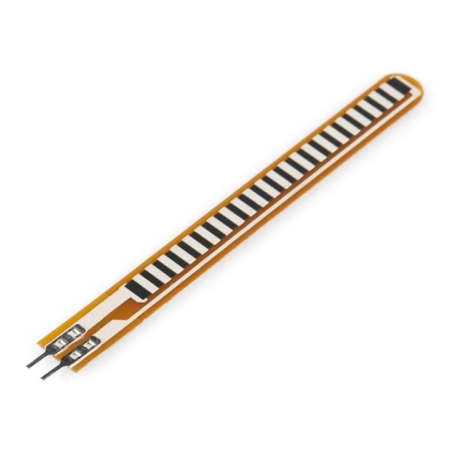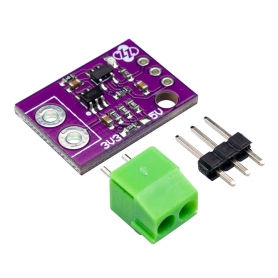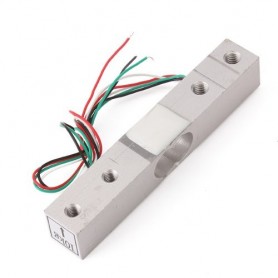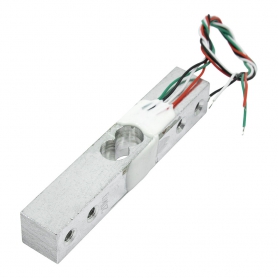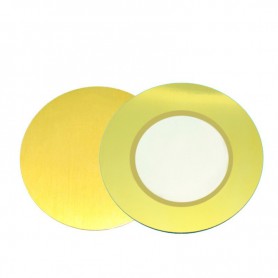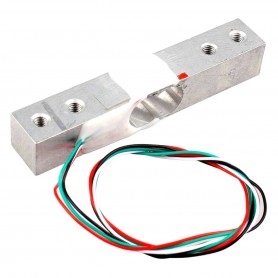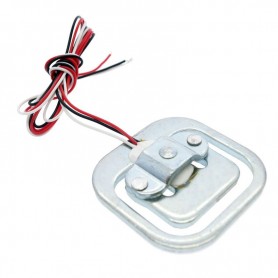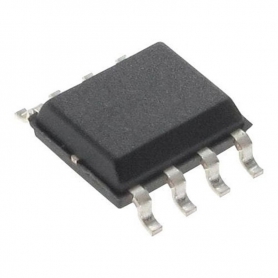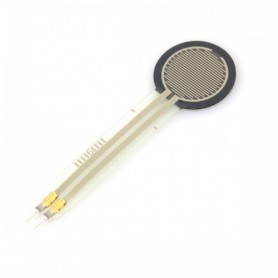
اصول کاری سنسورهای خمش مقاومتی معمولاً بر اساس اندازه گیری مقدار خم است. این حسگرها از یک بستر انعطافپذیر تشکیل شدهاند که مواد رسانا (مانند کربن یا جوهر رسانا) روی آن اعمال میشود. هنگامی که سنسور خم می شود، مقاومت ماده رسانا تغییر می کند و امکان اندازه گیری درجه خمش را فراهم می کند. از آنها معمولاً در روباتیک، دستگاه های بازی، دستگاه های پزشکی و سایر سیستم های الکترونیکی مورد استفاده قرار می گیرند که در آن شناسایی و اندازه گیری خم شدن یا خم شدن مورد نیاز است.
محدوده مقاومت و حساسیت سنسورهای خمش بسته به مدل خاص و سازنده می تواند متفاوت باشد. به طور معمول، سنسورهای فلکس دارای محدوده مقاومت مشخصی هستند که با حداقل و حداکثر زاویه خمشی که می توانند اندازه گیری کنند، مطابقت دارد. به عنوان مثال، یک سنسور فلکس ممکن است محدوده مقاومتی بین 10k اهم تا 50k اهم داشته باشد، به این معنی که مقاومت آن با خم شدن در این محدوده تغییر می کند.
مشخصات:
مقاومت در حالت ثابت : 25K اهم
تنوع مقاومت خمشی : 60K ~ 110K اهم
توان نامی: 0.5 وات
حداکثر توان: 1W
عمر خمشی: بالای 1 میلیون بار
دمای کارکرد: 35- تا 80+ درجه سانتی گراد
تحمل مقدار مقاومت: 30%
طول بخش خمش : 2.2 اینچ - 75 میلی متر
ابعاد : 78x6.5 میلی متر
نوع رابط : پین های فلزی 2 پین (فاصله 0.1 اینچ)
کاربردها:
- تشخیص و سنجش فشار یا نیرو
- تجهیزات روباتیک
- تجهیزات پزشکی
- تجهیزات آزمایشگاهی
- دستگاه های علمی و صنعتی
- تشخیص فشار و اندازه آن در رابط های کاربری و صنعتی
نکات استفاده:
هنگام استفاده از خم شدن قسمت انتهایی پین (یعنی قسمت حسگر غیر خمیده) خودداری کنید، در غیر این صورت ممکن است باعث آسیب شود.
Introduction
The working principles of resistive bend sensors are usually based on measuring the amount of bend. These sensors consist of a flexible substrate on which a conductive material (such as carbon or conductive ink) is applied. When the sensor is bent, the resistance of the conductive material changes, allowing the degree of bending to be measured. They are commonly used in robotics, gaming devices, medical devices, and other electronic systems where detection and measurement of bending or bending is required. The range of resistance and sensitivity of bending sensors can be different depending on the specific model and manufacturer. Typically, flex sensors have a specified resistance range that corresponds to the minimum and maximum bending angle they can measure. For example, a flex sensor may have a resistance range between 10k ohms and 50k ohms, meaning that its resistance will change as it bends within this range.
Application
Detection and measurement of pressure or force
Robotic equipment
Medical Equipment
laboratory equipment
Scientific and industrial devices
Detection of pressure and its size in user and industrial interfaces
Specification
Resistance in steady state: 25K ohms
Variation of bending resistance: 60K ~ 110K Ohm
Rated power: 0.5 W
Maximum power: 1W
Bending life: over 1 million times
Operating temperature: -35 to +80 degrees Celsius
Resistance value tolerance: 30%
Length of the bending part: 2.2 inches - 75 mm
Dimensions: 78x6.5 mm
Interface type: 2-pin metal pins (distance 0.1 inch)
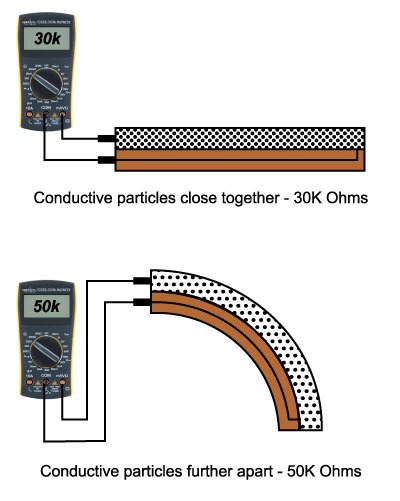
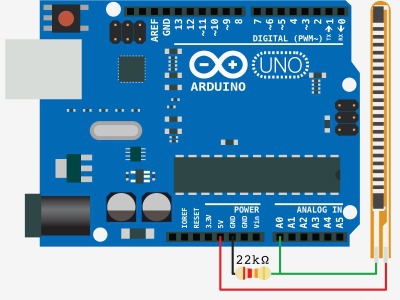
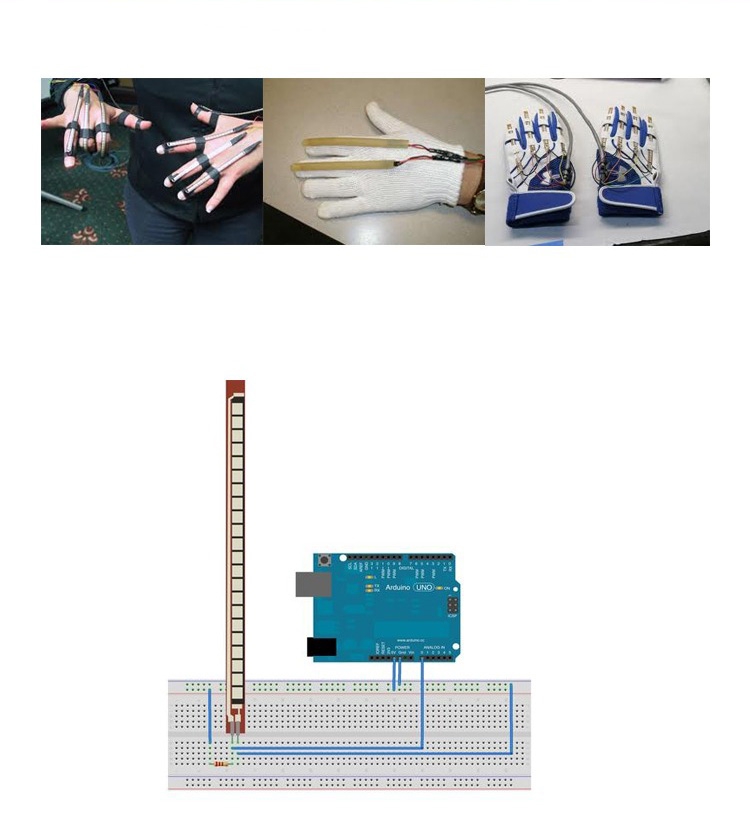


-

عرفان رهنما | 6ماه قبل سلام وقت بخیر کاش این محصول رو موجود می کردید و اینکه اگه موجود بشه حدودا چه قیمتی خواهد بود ؟
-

ادمین | 6ماه قبل سلام لطفا با شماره های واحد فروش تماس بگیرید.
-
-

ممد قزلباش | 6ماه قبل سلام و خسته نباشید. لطفا موجود کنین. ممنونم
-

ادمین | 6ماه قبل با استفاده از گزینه "موجود شد به من خبر بده" میتوانید بوسیله ایمیل، از تجدید موجودی این کالا مطلع شوید.
-

